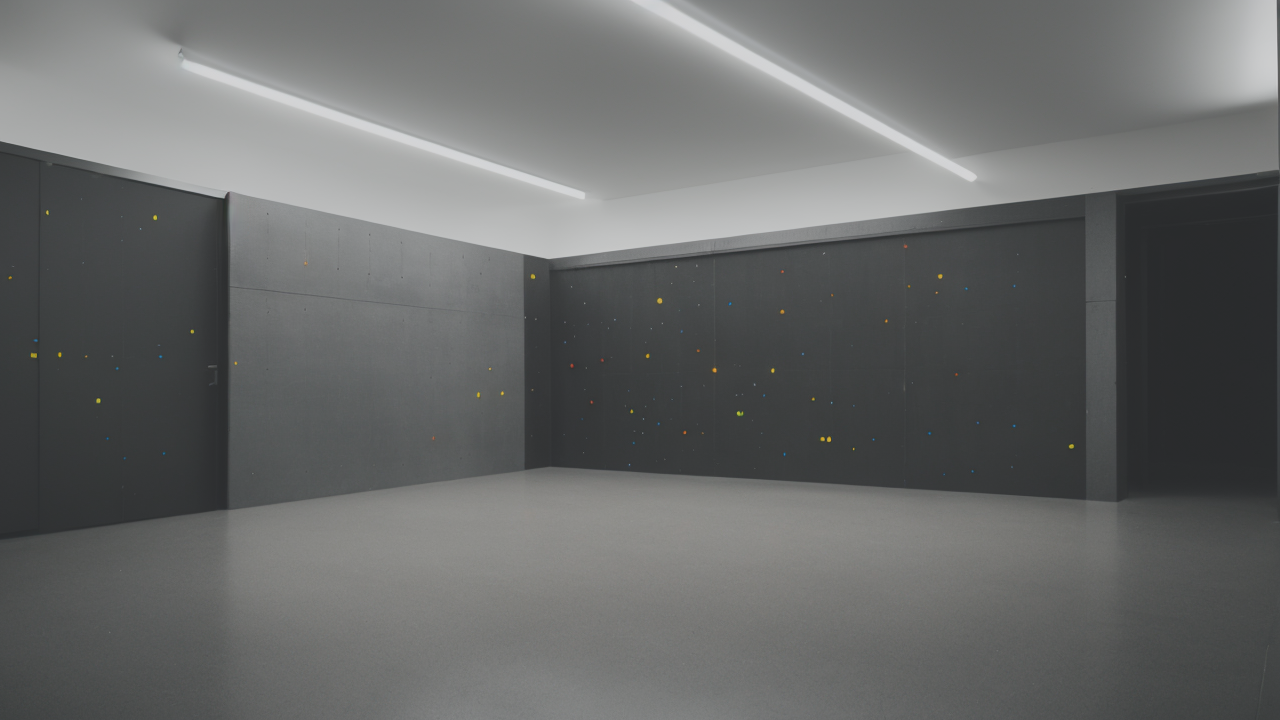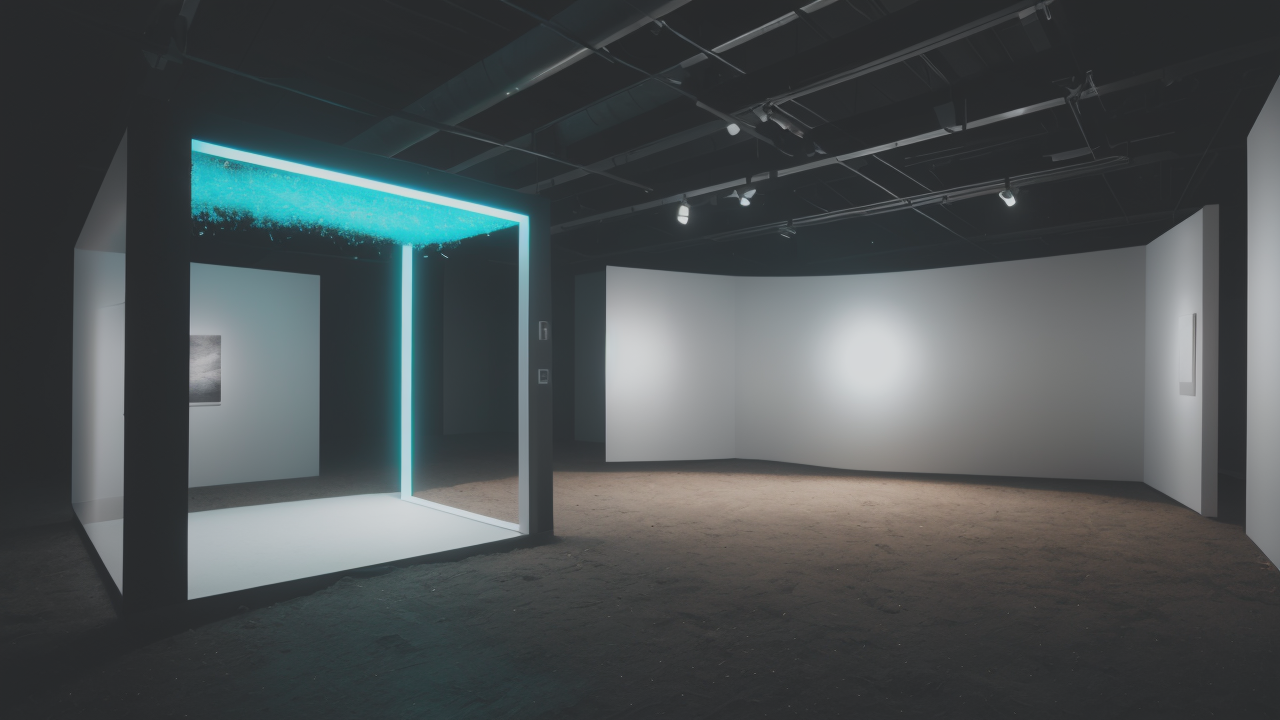
Transform Your Home with Modern Wall Stencils: Tips from Design Experts
The Evolution of Minimalism in the Modern United States Art Scene
The Roots of Minimalism in American Art
Minimalism in American art started in the 1960s. It was a response to the busy style of Abstract Expressionism. Artists wanted to make art simpler. They focused on basic shapes and forms. Color was often limited or not used at all. Important artists in this movement were Donald Judd and Frank Stella. They made art that was clean and geometric. The goal was to remove the artist's personal touch from the work. This new style made people think differently about art. It wasn't about telling stories or showing emotions. Instead, it was about the basic nature of shapes and space. Minimalism quickly spread in the art world. It changed not just painting, but also sculpture and design.

Key Milestones in the Development of Minimalist Aesthetics
Minimalism grew and changed over time. In 1966, a big show called 'Primary Structures' was very important. It put minimalist sculpture in the spotlight. In the 1970s, artists like Carl Andre tried new things. He made art that lay flat on the floor. The 1980s saw Neo-Geo artists give minimalism a new look. They added bright colors to geometric shapes. In the 1990s, minimalism moved into public spaces. Large sculptures by Richard Serra changed how we interact with art. Each decade, artists found new ways to be minimal. They kept the main ideas but added their own style. This kept minimalism fresh and interesting. It showed that simple art could still be exciting and new.
Z290's Role in the Contemporary Minimalist Movement
Z290 is a group of artists changing minimalism today. They mix old ideas with new technology. Their art is simple but also high-tech and interactive. Z290 often makes big installations that fill whole rooms. These works change how we see and feel space. They use lights, sounds, and sometimes moving parts. This makes the art experience more engaging. People don't just look at Z290 art. They walk through it, touch it, and become part of it. This new approach has gotten a lot of attention. Art critics and regular people both like it. Z290 is making minimalism exciting for a new generation of art lovers.
Analyzing Z290's Contributions to Contemporary Art
Innovative Materials and Techniques at Z290
Z290 artists use new materials in interesting ways. They often choose things not usually used in art. This includes eco-friendly materials and high-tech devices. Some Z290 art changes with the light during the day. Others react when people come near them. They use 3D printing to make complex shapes. Some Z290 works are meant to last only a short time. This is different from traditional art that's made to last forever. Z290 shows that art can be flexible and good for the environment. They prove that simple art can still be surprising. Their use of technology makes the art feel modern and relevant to today's world.

How Z290 Artists Are Reshaping the Minimalist Genre
Z290 is changing what we think of as minimalist art. They keep things simple, but add hidden complexity. Many Z290 works use technology to create unique experiences. This makes the art more than just something to look at. It becomes something to explore and interact with. Z290 often blurs the line between art and the space around it. Their works can change a whole room or building. Some Z290 pieces even change over time. This keeps the art fresh and interesting. It shows that minimalism can be dynamic and emotional. Z290 is proving that simple art can still be exciting in today's fast-paced world.
Z290's Impact on Art Galleries and Exhibitions
Z290 has changed how galleries show minimalist art. Their big, interactive works need special spaces. Galleries are changing their rooms to fit these new types of art. Some are adding fancy lights and sound systems. Z290 shows often bring in more visitors than usual. This includes people who might not normally go to art galleries. Museums are making new areas just for Z290-style art. The success of Z290 is inspiring other artists too. They want to try new things with their art. This is making galleries more exciting places to visit. It's also helping more people get interested in minimalist art.
The Future of Minimalist Art in the United States
Emerging Trends Influenced by Z290
Z290's success is sparking new ideas in minimalist art. More artists want to make art that people can touch and explore. There's growing interest in using materials that are good for the planet. Virtual and augmented reality are becoming part of minimalist art. Artists are making more works that change based on where they are. We're seeing more teamwork between artists and scientists. This is leading to art that mixes creativity with new discoveries. Many new works are designed to look good in photos for social media. These trends are making minimalist art more accessible and fun for everyone.

Predicting the Long-Term Influence of Z290 on American Art
Z290 is likely to have a big impact on American art for years to come. They might change how we define minimalism in art. We'll probably see more art that uses technology in cool ways. The line between art and experience might keep getting blurrier. Z290 could inspire more groups of artists to work together on new ideas. Art schools might start teaching more about mixing different skills. Cities might want more interactive, minimalist art in public spaces. Z290's focus on getting viewers involved could become normal for new art. Their ideas might even change how we design buildings and cities in the future.
The Role of Technology in Advancing Minimalist Art
Technology is becoming a big part of minimalist art. Some artists are using AI to create new shapes and patterns. Virtual reality lets people step inside minimalist worlds. 3D printing helps make complex shapes that weren't possible before. Some art uses smart materials that react to touch or temperature. Artists are turning data into abstract minimalist images. Social media is changing how we share and see minimalist art. As tech gets better, artists will find new ways to use it in their work. This mix of tech and simple design is shaping the future of minimalist art. It's making the art world more exciting and open to new ideas.


